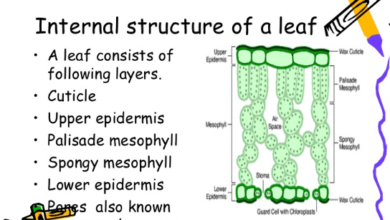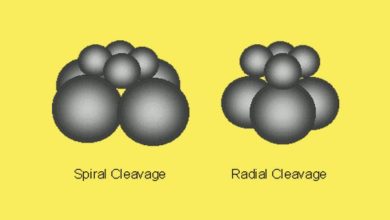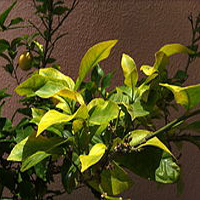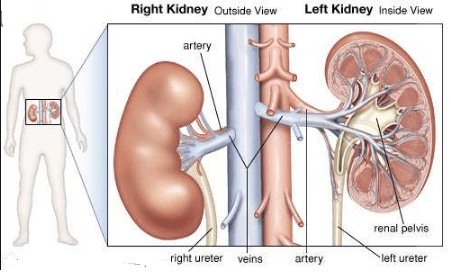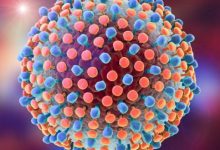What are the Parts of Large Intestine and Their functions
Roll of Large Intestine in Digestion
The large intestine is composed of a caecum, colon, and rectum.
1. Caecum
The caecum is a blind sac. It projects from the large intestine between the ileum and the colon. A finger-like process arises from the blindness of the caecum. It is called the appendix. Sometimes food entraps in the appendix.
The decay of this food causes inflammation of the appendix. This inflammation of the appendix is called appendicitis. In some cases, such an inflamed appendix has to be removed surgically.
2. Colon
It is the largest part of the large intestine. It has three parts: an ascending part, a transverse part, and a descending part. The colon opens into the rectum.
3. Rectum
It is the last part of the large intestine. Feces are temporarily stored in the rectum. Finally, these feces are removed through the anus at the internals. The anus is surrounded by two sphincters. The internal is a smooth sphincter, while the outer sphincter has stripped muscles. As the rectum fills with feces, it gives rise to the defecation reflex. This reflex can be consciously inhibited in adults. But it cannot be controlled in infants. Gradually, the child learns to bring this reflex under control.
The function of the large intestine
It performs the following functions:
1. Absorption of water and salts
The material that passes from the small intestine to the large intestine has a large amount of water, dissolved salts, and undigested material. Most of the water and salts are absorbed into the blood. There can be two abnormalities in the absorption of water.
- Diarrhea: If the absorption of water does not take place, it causes diarrhea. Diarrhea may be caused due to infection, drug action, or emotional disturbances. If diarrhea remains unchecked it may cause dehydration. Such a condition may be fatal.
- Constipation: It is another extreme condition. In this case, excessive water is absorbed.
2. Synthesis of Vitamins
A large population of bacteria lives inside the large intestine. These bacteria synthesize some vitamins especially, vitamin K. This vitamin k is absorbed by the blood and used in the body.
3. Removal of feces
The feces are also removed by the large intestine through the anus. Feces contain a large number of bacteria, plant fibers, broken mucosal cells, mucous, cholesterol, bile pigments, and water.
